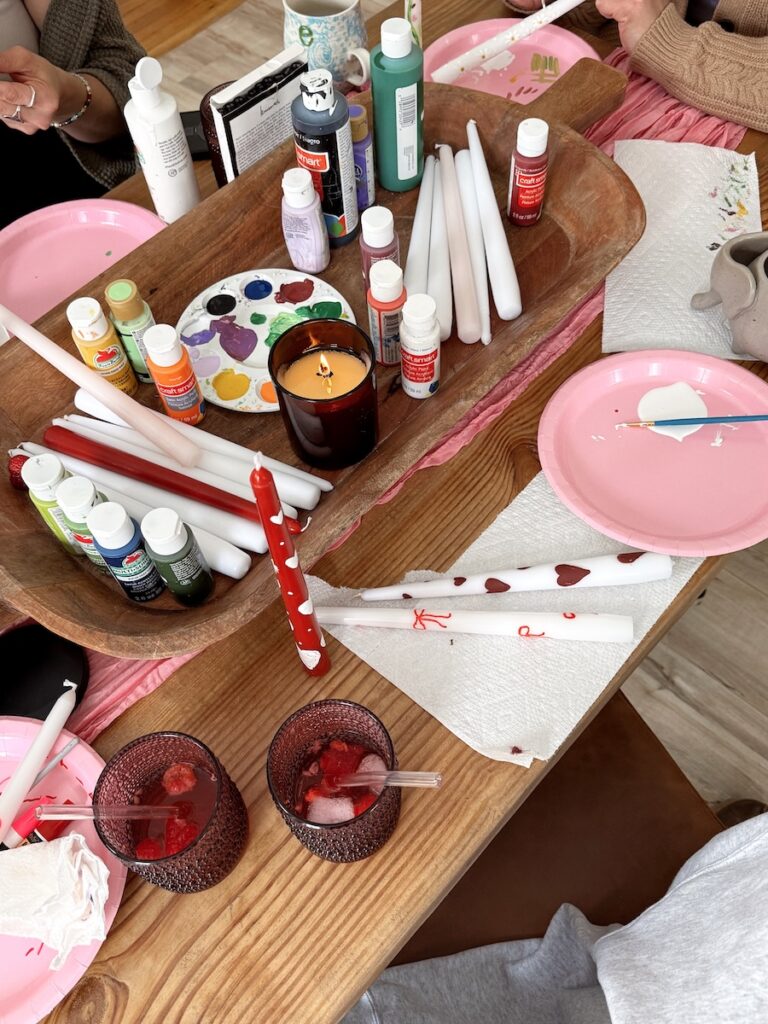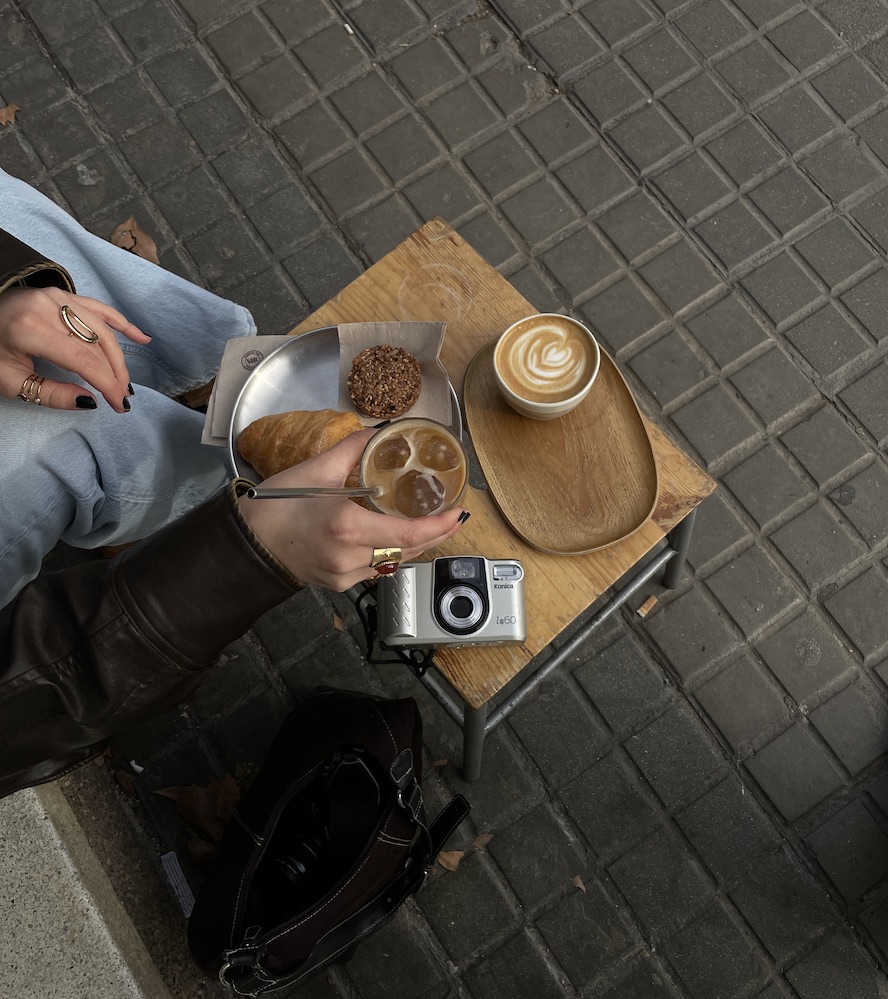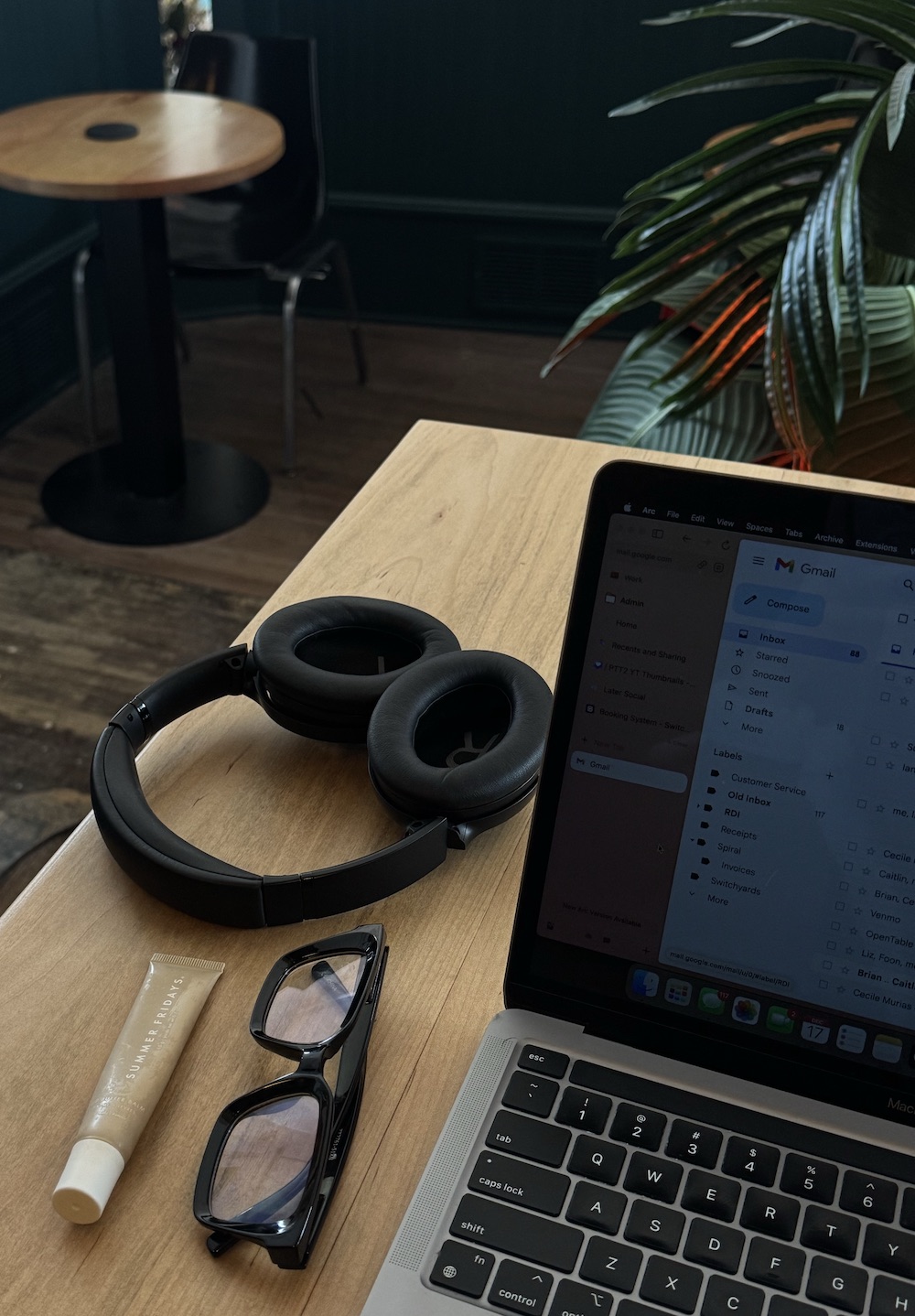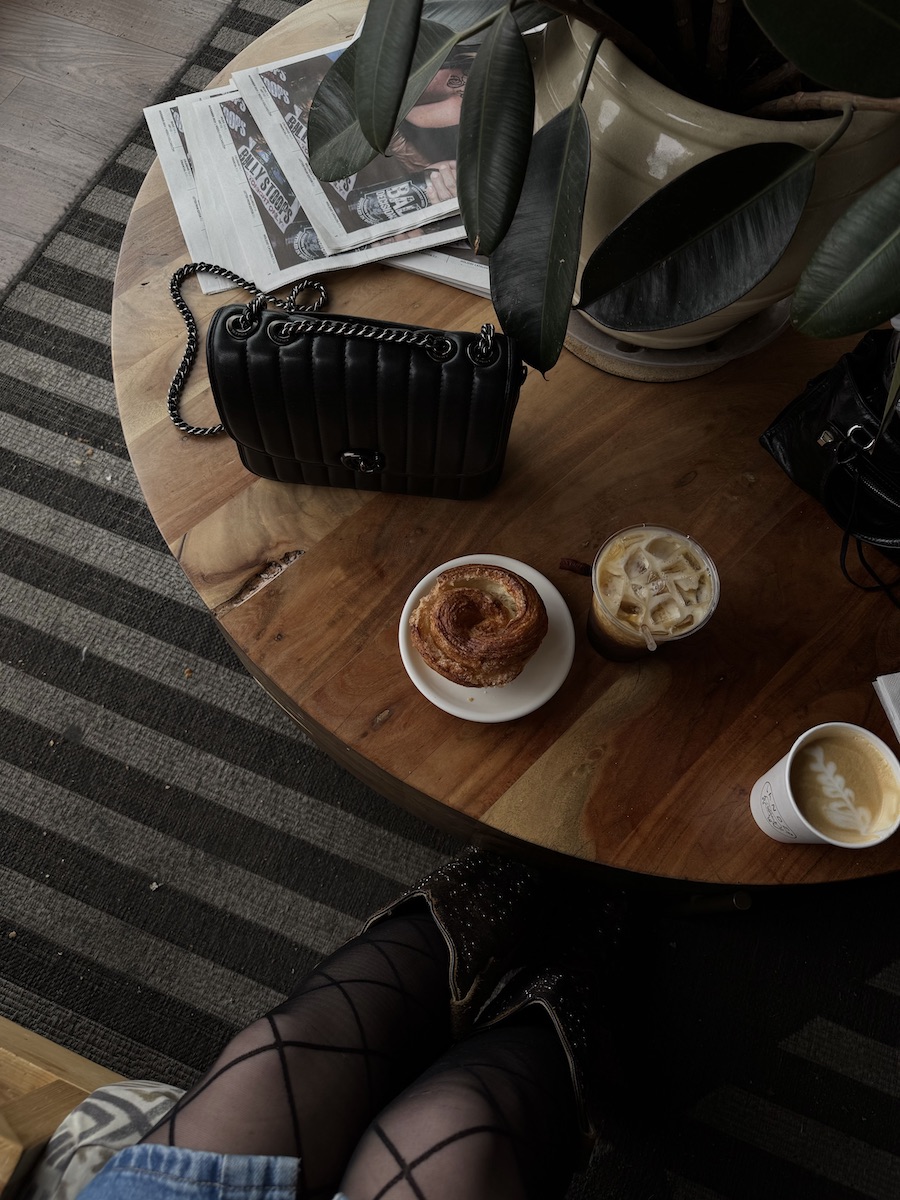Ever set a goal, get super hyped about it, and then immediately feel overwhelmed? Most of us approach goals like a pass/fail test. We set a big, ambitious target, and if we don’t hit it perfectly, we feel like we’ve failed. Which, honestly, is exhausting.
But what if there was a goal setting method that works—one that actually helps you follow through without the usual stress and pressure? What if, instead of seeing goals as rigid do-or-die commitments, we treated them like experiments?
Let’s talk about my “What If I Just…” Method, a mindset shift I’m coining that takes the pressure off, makes the process feel easier, and actually works.
Why Traditional Goal-Setting Feels So Hard
A lot of us get stuck in the all-or-nothing trap with goals. We set huge, long-term targets that feel overwhelming. We expect instant, linear progress, even though growth is rarely that predictable like that. And when things don’t go perfectly, we take it personally and make it mean something about ourselves.
This is where low-pressure goal setting comes in. When you shift your mindset from “I must do this or I’ve failed” to “What if I just try this for a short period and see what happens?”—it removes the pressure and helps you stay consistent.
Ready to dive in to my step by step low-pressure goal setting process for how I’m structuring my 2025 goals?
Step 1: Reframe the Goal as a Hypothesis
Instead of saying, “I have to do this perfectly, or I’ve failed,” try:
“What if I just [insert goal] for [insert timeframe] and see what happens?”
By turning your goal into a question, you make it feel flexible and curiosity-driven instead of rigid and intimidating.
Example 1: Pinterest Strategy Goal
❌ “I have to post on Pinterest every single day or it won’t work.”
✅ “What if I just post on Pinterest three times a week for a month and track my results?”
Example 2: Fitness Goal
❌ “I need to work out five times a week for the next six months to be consistent.”
✅ “What if I just go to the gym three times a week for a month and see how I feel?”
Example 3: Money-Saving Goal
❌ “I need to save $5,000 this year or I’m terrible with money.”
✅ “What if I just set aside $50 per week for three months and see if it feels manageable?”
Now, instead of a high-pressure commitment, it’s an experiment. No pressure—just curiosity.

Step 2: Set Experiment Conditions
Every good experiment has a timeframe, a way to track results, and a minimum viable effort or what I call a “C plan” for when your plan A and plan B aren’t in the cards.
Blogging Example
- Hypothesis: “I think posting on blogging once a week will increase my blog traffic by 20%.”
- Tracking Method: Check Google Analytics once a week.
- C Plan: If I can’t blog this week, I’ll write down some ideas now and post twice next week.
Fitness Example
- Hypothesis: “I think going to the gym three times a week will improve my energy and help me feel stronger.”
- Tracking Method: Jot down how I feel after workouts—stronger? More energized? Neutral?
- C Plan: If I can’t make it to the gym, I’ll do a 10-minute bodyweight workout at home or go for a 15-minute walk so I still move my body in some way.
Money-Saving Example
- Hypothesis: “I think saving $50 a week will feel doable and help me build momentum.”
- Tracking Method: Check my savings account at the end of each month to see how it adds up.
- C Plan: If one week is tight financially, I’ll save $25 instead of $50 rather than stopping completely.
This makes it easy to follow through without stressing over perfection.
Step 3: Collect Data (No Taking it PERSONALLY)
At the end of your experiment period, look at what happened without judgment.
Ask yourself: What worked? What didn’t? What surprised me?
Blogging Example
Maybe you noticed that some of your blogs are more fun to write than others, so you focus on those kinds of topics.
Fitness Example
Maybe you realized you love strength training but hate early morning workouts, so next month, you’ll switch to evening gym sessions.
Money-Saving Example
Maybe you found that automating your savings made it way easier to stay consistent, so you’ll set up an automatic transfer going forward.
No failure. Just data. Now you can tweak and keep going.
Step 4: Repeat & Scale
The beauty of this goal setting method that works is that every experiment teaches you more about what’s sustainable for you.? Every experiment teaches you more about what works for you.
If something is working, double down on it. If something isn’t working, adjust it — without making it personal.
There’s no “failing,” just testing and tweaking until you find a system that sticks. You’re literally just testing a theory, bb.
Why This Works
It takes the emotional weight out of goals. No more “I’m a failure if this doesn’t work.” It encourages curiosity over perfectionism and helps you stay flexible. And it leads to better long-term habits because you’re building on small wins instead of forcing yourself into rigid routines.
Try It Yourself
Think of a goal you’ve been overthinking or procrastinating on.
- Reframe it as an experiment.
- Set a short timeframe.
- Track your progress without judgment.
- Adjust and repeat.
This low-pressure goal setting approach makes it easier to stay consistent and actually make progress. Let me know what you’re testing! I’d love to hear how it goes.
The best and honestly for me, only, way to stick to a goal is to make it sustainable and something you actually want to stick with! Rigid goals aren’t made for the long-term and even if you CAN stick with them, should you? If it isn’t serving you, let’s leave it behind.. yeah?







Comments +